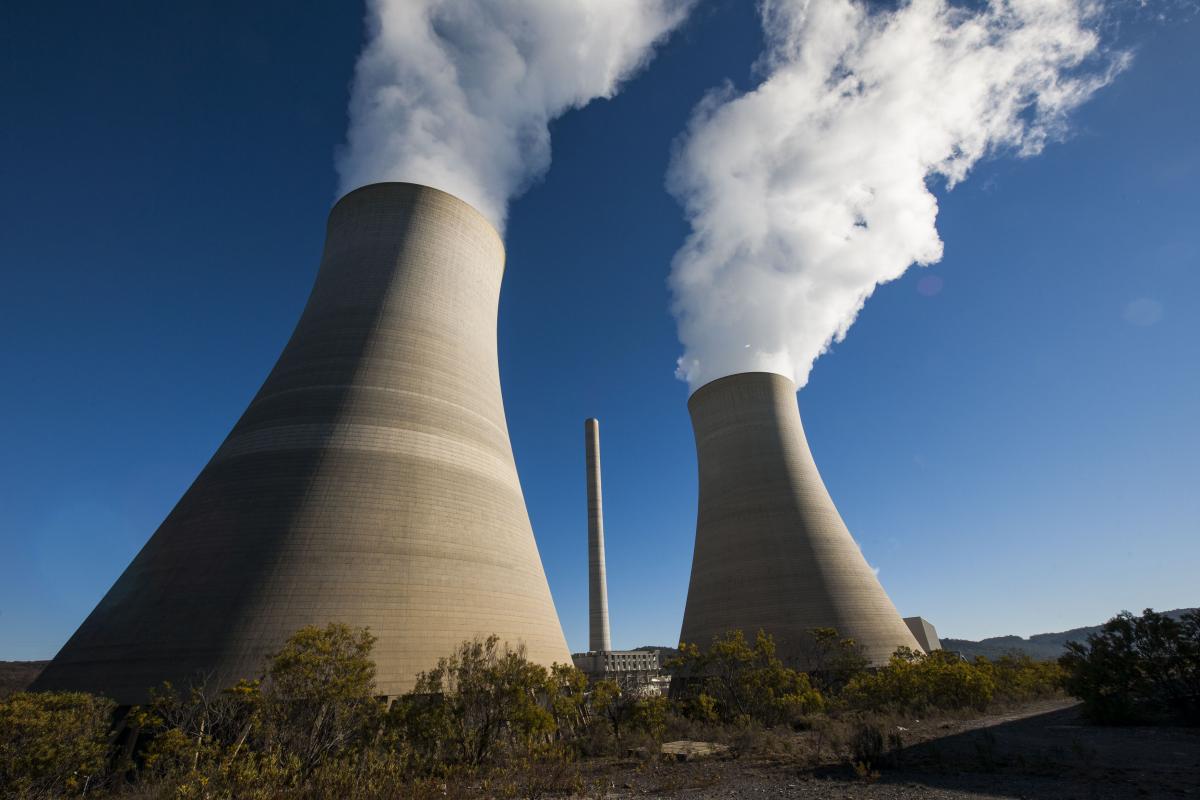Continuing to advocate for the inclusion of existing thermal coal and gas plants, the Energy Security Board’s (ESB) capacity design paper has been coldly received by clean energy corners today.
To recap, the ESB – which includes the heads of the Australian Energy Market Commission, Australian Energy Regulator and Australian Energy Market Operator – is proposing to introduce a capacity market to Australia, in which generators would be paid to have their capacity available during certain periods. “This puts a value on generators being available during periods where demand could exceed supply,” the ESB’s proposal report said.
The ESB says such markets are commonplace overseas, and it has modelled its proposal on a mechanism from the UK.
The idea has been sharply criticised since its inception because of fears it will prolong the life of coal and gas assets, providing increasingly the uneconomic (not to mention polluting) plants with an income stream into the future. Critics believe the inclusion of thermal generation will also slow the inevitable move towards batteries and other kinds of storage technologies, ultimately hindering the path to net zero.
There has been a push to disbar coal and gas generators participating in such a market, but as was made apparent today, the ESB is refusing to cave to these calls.
It did, however, recommend giving states the opportunity to choose which form of generation to include in their regions, allowing them to exclude coal or gas – something Victoria has already expressed it may do.
The new federal energy minister, Chris Bowen, today welcomed that recommendation, saying such decisions should be left to states since their landscapes and assets vary considerably.
The ESB also conceded that “new and existing capacity have different requirements. Existing capacity faces sunk costs, while new investors require sufficient certainty that their capital costs, as well as their operating costs, will be recovered.” In other words, it acknowledged new technologies would require greater financial support.
The mechanism, the ESB said, is ultimately about creating greater certainty around coal plant closures and their replacements. “In a market where demand has been relatively stable for several years, it is difficult to make a case for new investment until a clear gap in the market has been established. A ‘wait and see’ approach from investors is a rational response to such uncertainty. But widespread ‘waiting and seeing’ will risk too little capacity being available and new capacity arriving too late,” the report reads.
“Designed well, the capacity mechanism will enable a swifter, less risky and more orderly transition to a net zero emissions energy system,” it added.
The mechanism would apply in all of the National Electricity Market jurisdictions, including New South Wales, Queensland, Victoria, Tasmania and South Australia.
Under the proposal, AEMO would hold capacity auctions twice yearly, award contracts, and make payments to capacity providers. It would then need to allocate these costs to consumers – either through networks or retailers.
The ESB says the mechanism would need to be operational by July 2025, “to keep pace with the speed of the transition.” It is a timeline that seems quite ambitious given the historically slow pace of market reforms in Australia – not to mention this is one of the most hotly contested changes in the market to date.
The ESB said it will continue working with stakeholders on developing the final design. This detailed draft design is due by the end of the year with a final recommendation slated to go to ministers early in 2023.
This content is protected by copyright and may not be reused. If you want to cooperate with us and would like to reuse some of our content, please contact: editors@pv-magazine.com.









Not that the UK market is the worst example, unless you really want to boost fossil fuel. Picking the the market, which has entirely failed and drove and drives up consumer prices by several hundred percent, trend rising. Picking this model is just pure cynicism. The British government has a full time job to plug the holes ripped by this market faster than they can plug them.